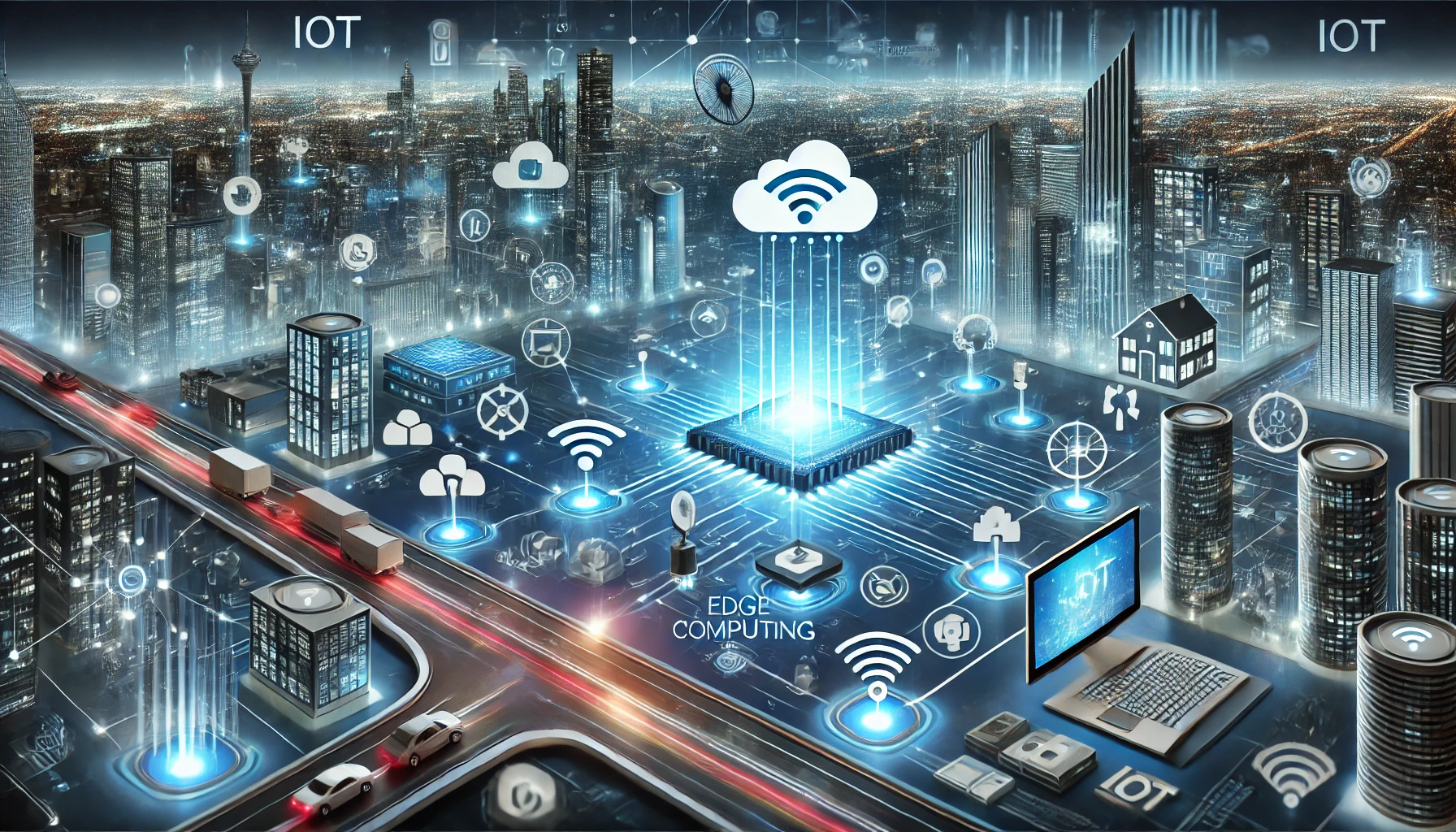
The Future of IoT: How Edge Computing is Changing the Game
Introduction: The Internet of Things is Evolving
Ever wonder how your smart thermostat adjusts itself before you even step through the door? Or how self-driving cars make split-second decisions? Welcome to the future of IoT, where edge computing is taking things to the next level. Forget the slow, centralized cloud—processing data right where it’s generated is the new frontier. Let’s dive into the latest emerging tech trends reshaping the digital world.
What is Edge Computing and Why Does It Matter?
Simply put, edge computing moves data processing closer to the source—your devices. Instead of sending information back and forth to distant cloud servers, IoT gadgets analyze data locally. This means faster response times, reduced latency, and enhanced security.
How Edge Computing Powers the Future of IoT
1. Real-Time Processing for Smart Home Technologies
From AI tools for daily life to the best smart home gadgets to simplify your life, edge computing is making everything snappier. Imagine a security camera detecting a threat and alerting you instantly—no waiting for cloud processing.
2. AI and Machine Learning at the Edge
Machine learning isn’t just for big data centers anymore. With the latest innovations in AI and their real-life applications, smart devices are making on-the-spot decisions, whether it’s filtering spam calls or optimizing energy usage.
3. Industrial IoT and Smart Cities
Edge computing is not just a home affair—it’s driving how IoT is revolutionizing industries. Smart factories, traffic management, and predictive maintenance are now reality.
4. 5G and Its Impact on Connectivity
With 5G and its impact on connectivity, edge computing becomes even more powerful. Faster data speeds and reduced latency mean seamless communication between IoT devices, boosting everything from self-driving cars to real-time healthcare monitoring.
The Role of AI in Edge Computing
Smarter Decision-Making
AI-powered edge devices can analyze patterns and make autonomous choices. Whether it’s a top 5G-enabled device you need to know about or an AI-powered fridge that restocks itself, automation is at its peak.
Enhanced Security and Privacy
With data processed locally, sensitive information stays on your device rather than traveling across the internet, reducing risks of cyber threats.
Innovative Gadgets That Use Edge Computing
Best Smart Home Gadgets to Simplify Your Life
Devices like smart thermostats, AI-powered security systems, and self-adjusting lighting are taking homes to a whole new level.
Healthcare and Wearable Tech
Smartwatches and health monitors analyze your vitals in real-time, offering immediate alerts for anomalies.
Autonomous Vehicles and Drones
Edge computing is crucial for split-second decisions, making self-driving cars safer and drones more efficient.
Sustainable Technology Innovations and Edge Computing
Practical uses of sustainable technologies in everyday life include energy-efficient IoT devices, smart grids, and eco-friendly automation—all optimized through edge computing.
Challenges and Future Trends in Edge Computing
1. Scalability and Integration
More devices mean greater demand for seamless integration across networks.
2. Security Concerns
While edge computing reduces data exposure, it also introduces new vulnerabilities that need to be tackled.
3. AI-Driven Edge Computing
The synergy between AI and edge computing will lead to smarter, more independent IoT ecosystems.
Conclusion: The Edge-Powered Future is Here
The days of waiting for cloud responses are fading. Edge computing is redefining how we interact with technology, making devices smarter, faster, and more secure. Whether it’s AI tools for daily life, smart home technologies, or 5G-enabled devices, the future of IoT is happening now. Stay ahead with the latest tech news USA and watch as edge computing reshapes the world around us.
FAQs
1. What is edge computing in simple terms?
Edge computing processes data closer to where it's generated, making devices faster and more efficient.
2. How does edge computing benefit smart home technologies?
It enables real-time responses, improving security, automation, and energy efficiency.
3. Can edge computing work without the cloud?
Yes! While it can integrate with cloud services, many devices operate independently at the edge.
4. What industries benefit the most from edge computing?
Healthcare, automotive, smart cities, manufacturing, and retail are all leveraging edge technology.
5. How does 5G impact edge computing?
5G speeds up data transfer, making edge computing more efficient and enabling real-time IoT interactions.